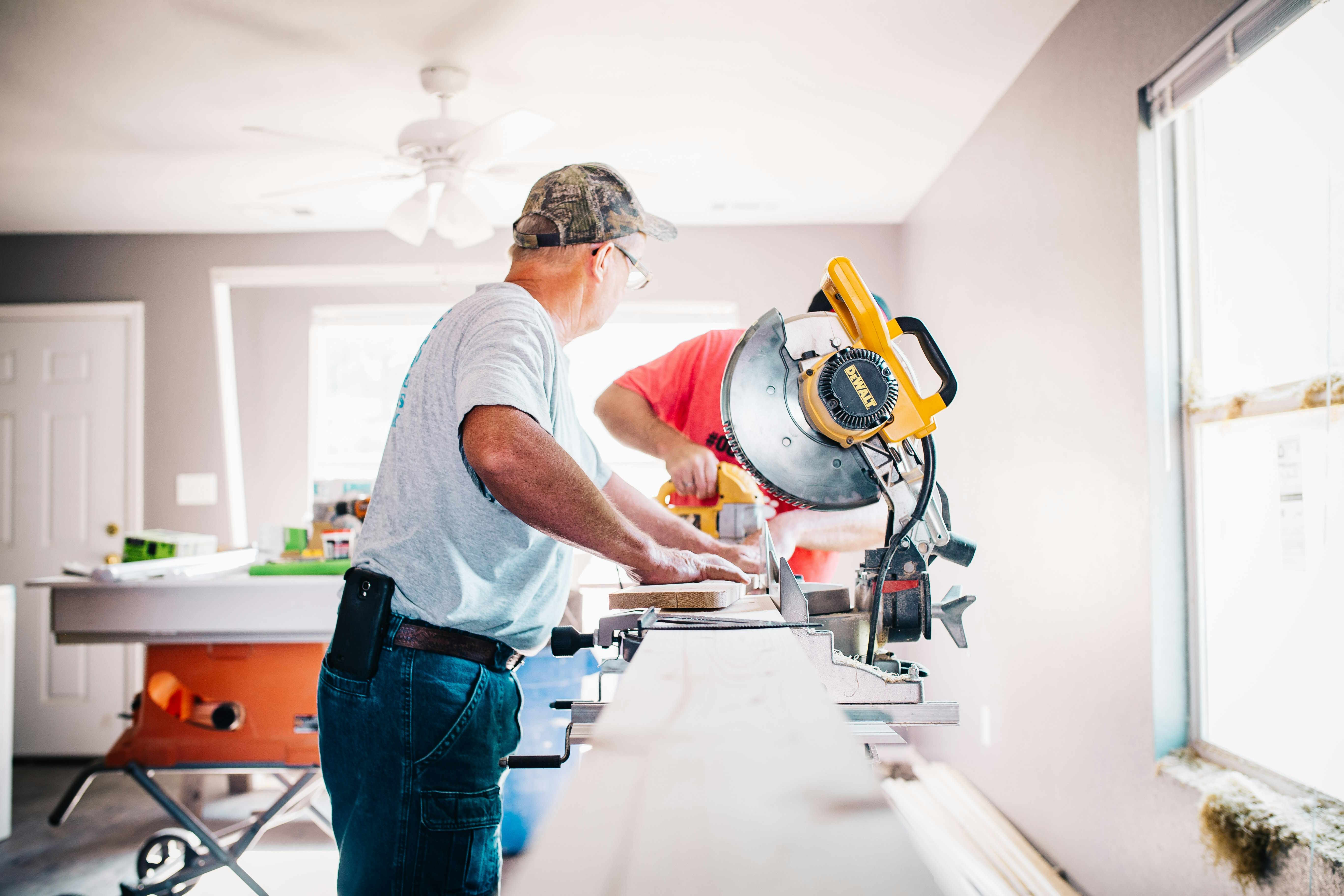Home remodeling trends U.S. homeowners are paying attention to in 2025
More American homeowners are investing in smart upgrades, energy-efficient materials, and functional design changes. These remodeling choices not only improve daily living but can also boost property value. Let’s take a closer look at what’s shaping U.S. home renovations this year.

What energy-efficient remodeling trends are taking center stage?
Energy efficiency continues to be a top priority for homeowners in 2025. The latest trend involves integrating advanced insulation materials and smart climate control systems to significantly reduce energy consumption. Homeowners are investing in high-performance windows and doors that offer superior insulation properties, minimizing heat loss in winter and heat gain in summer. Additionally, the installation of solar panels has become more affordable and efficient, with new thin-film technologies that can be seamlessly integrated into roofing materials.
Another emerging trend is the use of energy-efficient appliances that are not only ENERGY STAR certified but also incorporate AI technology to optimize energy usage based on household patterns. These smart appliances can communicate with each other and with the home’s energy management system to reduce overall energy consumption and costs.
How are smart home upgrades revolutionizing living spaces?
Smart home technology has evolved beyond simple voice-controlled assistants and is now an integral part of home remodeling projects. In 2025, we’re seeing a surge in the adoption of comprehensive smart home ecosystems that integrate various aspects of daily life. Advanced security systems with facial recognition and AI-powered surveillance are becoming standard features in many homes.
Whole-home automation systems are gaining popularity, allowing homeowners to control lighting, temperature, entertainment systems, and even window treatments from a single interface or smartphone app. The integration of IoT (Internet of Things) devices extends to the kitchen and bathroom, with smart faucets that monitor water usage and refrigerators that can suggest recipes based on their contents.
What affordable renovation projects are homeowners embracing in 2025?
Despite the focus on high-tech upgrades, many homeowners are also looking for affordable ways to refresh their living spaces. One trend gaining traction is the use of modular design elements that allow for easy updates and customization. For instance, interchangeable cabinet fronts and modular furniture systems provide flexibility to change the look of a room without a complete overhaul.
DIY-friendly materials like peel-and-stick wallpapers and flooring options have improved in quality and variety, offering an affordable way to transform spaces. Additionally, upcycling and repurposing existing furniture and decor items have become popular, not only as a cost-saving measure but also as a sustainable approach to home improvement.
How are functional design changes improving daily living?
Functionality is at the forefront of home remodeling trends in 2025. Open floor plans are evolving to include defined zones for specific activities, such as home offices or fitness areas, without sacrificing the overall sense of spaciousness. Multifunctional furniture pieces, like murphy beds with integrated desks or dining tables that convert to workstations, are in high demand.
In the kitchen, we’re seeing a shift towards ergonomic designs with adjustable-height countertops and appliances that cater to users of different heights and abilities. Bathroom remodels are focusing on accessibility features that blend seamlessly with modern design, such as curbless showers and touch-activated faucets.
What unique remodeling trends are emerging in the United States?
One distinctive trend in the U.S. is the growing popularity of outdoor living spaces that function as extensions of the indoor environment. Homeowners are investing in covered patios with full outdoor kitchens, complete with weatherproof smart TVs and sound systems. The concept of “biophilic design” is also gaining traction, with an emphasis on incorporating natural elements and materials throughout the home to improve well-being and connect occupants with nature.
Another unique trend is the rise of “flex spaces” – rooms designed to serve multiple purposes and adapt to changing needs. These spaces can quickly transform from guest rooms to home gyms or from playrooms to home theaters, reflecting the dynamic lifestyles of modern American families.
How does remodeling impact home value in the current market?
| Remodeling Project | Average Cost | Potential Value Increase |
|---|---|---|
| Kitchen Renovation | $25,000 - $65,000 | 70-80% of cost |
| Bathroom Remodel | $10,000 - $30,000 | 60-70% of cost |
| Smart Home Integration | $5,000 - $15,000 | 5-10% of home value |
| Energy-Efficient Upgrades | $10,000 - $40,000 | 2-3x energy savings |
| Outdoor Living Space | $15,000 - $50,000 | 50-60% of cost |
Prices, rates, or cost estimates mentioned in this article are based on the latest available information but may change over time. Independent research is advised before making financial decisions.
Remodeling continues to be a significant factor in increasing home value. In 2025, projects that focus on energy efficiency, smart home technology, and functional design tend to offer the best return on investment. Kitchen and bathroom renovations remain top value-adding projects, with modern, energy-efficient appliances and smart features commanding premium prices in the real estate market.
Energy-efficient upgrades, such as solar panel installations and high-efficiency HVAC systems, not only reduce utility costs but also appeal to environmentally conscious buyers, potentially increasing a home’s marketability. Smart home features, while not always directly translating to dollar-for-dollar value increases, can significantly enhance a property’s appeal and potentially lead to faster sales in competitive markets.
It’s important to note that the impact of remodeling on home value can vary depending on local market conditions, the quality of the work, and how well the improvements align with neighborhood standards. Homeowners should consider consulting with local real estate professionals to determine which remodeling projects will yield the best returns in their specific area.




